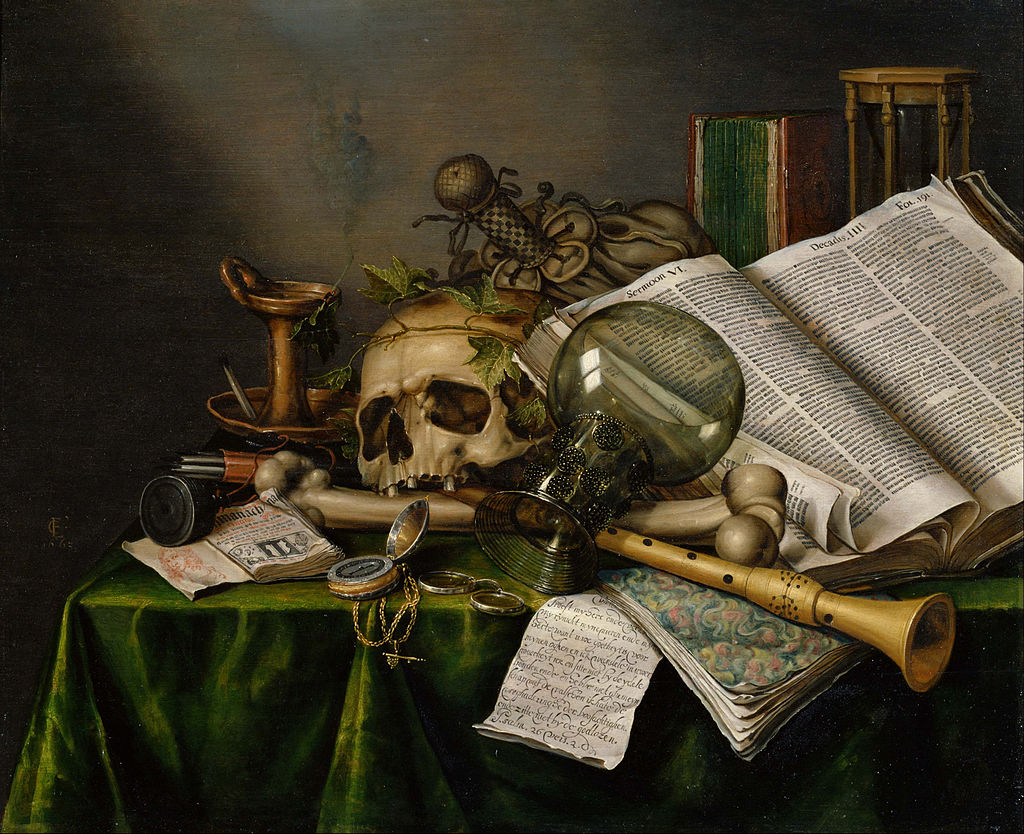
Longing is not always oriented toward the future. It can as easily be retrospective. You can long for what you have already experienced. Sexual fantasies, for example, are memories (sometimes slightly improved on) as often as they are inventions, albeit memories that are in danger of fading even as they are summoned.
Nor is longing always person- or object-specific. You can be in a state of generalized longing without knowing quite what it is that you long for. This might be the purest form of longing, the most difficult to assuage, the least susceptible to being brought to an end, the kind capable of lasting longest—so much so that it can become all but indistinguishable from a generalized condition of existence. If there is a similarity here to Kierkegaard’s observation that one can be in despair without knowing it, then perhaps longing can sometimes be the flip side of—and the prelude to—despair. A symptom of despair is an absolute lack of longing: not just the inability to look forward to something but the inability to remember what doing so is like.
Combine these two aspects of longing—the nonspecific and the retrospective—and you realize that longing can exist entirely for its own sake, with no object in mind, as a kind of intensified nostalgia or eroticized elegy.
In Prabuddha Dasgupta’s photographic series Longing there is a powerful suggestion of travel, of journeys that have merged into a single journey. There is evidence of arrival and departure, but the main sense is of transit, of looking back on what has been left, or forward to what is to come. The photographs are rarely in the moment. The present tense flickers and is gone.
With its core images of sexual bliss, the series suggests the all-powerful role of the erotic (minus the Freudian mumbo jumbo with which this idea became widely linked). Sometimes the erotic element is blurrily explicit (not in the way that porn is explicit but in the sense that what is depicted is actual physical sex). Sometimes it is oblique—bed linen, underwear, towels, clothes, or hairpins on the floor or on a table. Sometimes it is present only implicitly. There is much that is mundane or circumstantial (hotels, streets, lights left on in windows): stuff that has nothing to do with sex or even pleasure but that takes on a tint of the erotic by association and adjacency. These things are a reminder that even in the most passionate affairs or romances—the kind, let’s say, where two people have only an occasional weekend together—lovers do not spend all their time in bed. They go for walks, buy things in shops, stroll by the sea, eat dinner in a restaurant. Then they separate, and, in some way, the view from the train window reflects back not just their faces (intermingled, darkly, with the shifting landscape beyond) but memories—intensely sexual—of what has gone on in the previous days and nights. Sometimes such weekends can be part of or prelude to a shared life together. Sometimes they can be reflected on, remembered, and reconjured—longed for—for the remainder of a lifetime that is defined, in every other aspect, by their lack.
In 2009, I published a novel that circles around some of the ideas discussed above. The following year I was engaged in a low-intensity dispute with my British publisher about the cover of the mass-market paperback of that book. Indifferent or hostile to the designers’ proposals, and having been asked to come up with suggestions, I sent a link to pictures by Prabuddha Dasgupta. They liked his photographs, and, after a certain amount of to-ing and fro-ing, we agreed on a particular image. Roughly the same thing happened with the American and Australian publishers: they both liked Prabuddha’s work, but each chose to use a different image.
I remember this process of image selection and nationally specific choices quite clearly, but I have no recollection of how I first came across Prabuddha’s work, who introduced me to it, or even when or where I first saw it. Logically, I suppose, this means that I can’t remember a time when I did not know Prabuddha’s work! Well, I know I did not know it five years ago, but I can’t remember the circumstances or the moment since then, as it were, when I first encountered it. This, for me (perhaps for most other people, too), is highly unusual. It is a little like having a lover but being unable to recall how you met. As we all know, the more you strain to remember a lost name or the details of a dream, the smaller the chance of their coming back to you. Then, invariably, you think or talk of something else and the forgotten name and the lost flecks of dream float back unbidden into your head. I’ve tried this—that is, I’ve tried not to try—with the lost origins of my first encounter with Prabuddha’s photographs, but it doesn’t work. I just can’t remember. At the risk of sounding like a drunk refusing to accept responsibility for his actions, who blames the drink rather than his consumption of it, I take this not as a personal failing but as an accurate reflection of—or at least a response to—something inherent in the work. It’s the photographer’s fault, not mine! In some way this work, which seems so much about remembering, is indelibly associated, in my mind, with forgetting, with the inability to remember. Could this be why there is a sadness about it? Why—amid scenes that are a source of celebration, happiness, and joy—even of bliss—is there also a suggestion of elegy and loss?
Shortly after the U.S. paperback was published, I received an e-mail from my friend, the photographer Adam Bartos, who admired the image on the cover. “When I first saw it,” he wrote, “it took me a few moments to realize that the beautiful face submerged on the cover belongs to my friend, the actress Sarita Choudhury. We went out together for a time . . . The photograph was probably taken in Khajuraho on the set of Kama Sutra.”
Well, well, what a small world! I forwarded the e-mail to Prabuddha, who, as expected, was amused to hear of this coincidence—though not for the reason I expected. Adam had not been out with the woman in the picture for the simple reason that she was not the person he thought she was. She is actually Prabuddha’s longtime girlfriend, Lakshmi, and the picture was taken in a “natural pool in Alibag, near Bombay.” As evidence these pictures are entirely unreliable. We are in the realm of dreams and memories—exactly whose is never clear.
Books by neuroscientists or the famous case studies by Oliver Sacks frequently cite examples of patients who, due to some kind of brain damage—the result of a stroke or head injury—have variously impaired memories. In some cases this can mean the patients are incapable of forming new memories, but there are others whose conditions are less straightforward. I am uncertain of the medical facts, but I imagine there are patients for whom memories are lodged, somewhere, in their injured brains; it’s just that they are arranged so chaotically and haphazardly—and, as a result, come so fleetingly to the surface—that any individual recollection immediately fades into and is overlain by others that cancel out, blur, or, at the very least, reconfigure the previous ones. Or perhaps the jumble and chaos—the sheer abundance of memories—is such that no individual memory can attach itself to the circumstance in which it had its origin. In other cases perhaps there is some kind of problem with space or time: the memories cannot be arranged chronologically or spatially. (The photographic equivalent would be a stash of photographs in which the captions are muddled or entirely missing; or a sequence that suggests an order that can never be definitively established, that evaporates in the process of becoming apparent.) In such cases a person could remember incidents and moments but not where or when they occurred and, as a result, would have no understanding of the consequences of what was depicted. Narrative would then give way to . . . to what? To something like we see here. The psychological effect of any of these conditions must be dependent on the extent to which the sufferer is conscious of his or her impairment. In a scale of reckoning it might go from bliss—absolutely no idea—to longing, to sadness, to frustration, to despair. In any given photograph, however, these distinctions dissolve; it is hard to tell one state from another, however powerfully one longs to do so.
—Geoff Dyer




